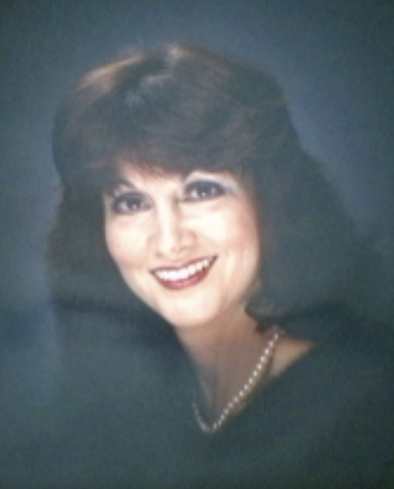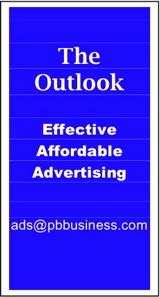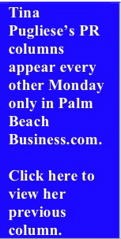Writing a feature article
By Tina L. Pugliese, APR, Pugliese Public Relations
 Feature articles, which explore a subject at length, are not constrained by the tight deadlines of regular news articles. Features may be submitted at any time, depending on the editor's needs. Features often stem from a regular news item.
Feature articles, which explore a subject at length, are not constrained by the tight deadlines of regular news articles. Features may be submitted at any time, depending on the editor's needs. Features often stem from a regular news item.
More research and creativity will go into a feature story, but they must still be accurate. You will provide more facts, more statistics, more examples and anecdotes, and more analysis than in a news release. You can humanize and dramatize what may appear unexciting at first glance. You can openly focus on a particular angle or viewpoint, so long as you avoid outright advertising. Readers dislike advertorials masquerading as "articles," and no editor will accept an article that flagrantly sells.
Another bonus is that editors are quite open to features, because they provide much needed content for filling an issue. When the feature is written by a reliable source and does not require payment, unlike a commissioned article, the article becomes a real asset.
All writing needs to engage the reader. The first sentence or two must be compelling enough for the editor to read on. Features require a strong lead — something to hook your target audience. A headline or a photograph may help.
For a feature, you have a wide repertoire of leads to choose from. Some leads are designed to startle, some will excite readers' curiosity, some will vividly describe a real or imagined scenario, and some will succinctly state the nature of the story.
The body of the feature then unfolds in a logical sequence, and ends with a strong and memorable close. Every feature will be different, depending on the subject, the anticipated audience, and the skill of the writer.
You can direct a feature to the feature editor at a daily newspaper, online publication or your targeted trade magazines. Before going to the trouble of writing the article, you should pitch the idea to see if the publication has any interest at all. The pitch should include an outline, an estimated length, and a description of illustrations or photos you can supply. You could also include a selected portfolio of previously published articles about your organization.
The upfront consultation is invaluable. Since the editor knows their readership better than you do, they might suggest an angle of specific interest to their readers and indicate where this piece might fit in their publishing schedule. The more complete your package, the more seriously your work will be considered.
Another possibility is to plant the story idea with the editor, and let the publication take care of writing the feature. In this case, you can supply expertise and interview subjects. Whatever your approach, keep in mind that the ultimate goal is to generate favorable coverage and visibility for your organization.
Tina L. Pugliese, APR is an executive coach and counselor for Pugliese Public Relations, a communications firm in Boynton Beach, Florida. Pugliese is an accredited member of the Public Relations Society of America, and is the author of the book, Public Relations for Pharmacists, and e-books, Marketing Your Business for Success, How To Work With The Media, and Public Relations Manual — A Guide for Entrepreneurs. She can be reached at (561) 889-3575 and by email at Tina@PugliesePR.com. Her web site is www.PugliesePR.com.
Article excerpted from e-book, Public Relations Manual — A Guide for Entrepreneurs, by Tina L. Pugliese, APR.




